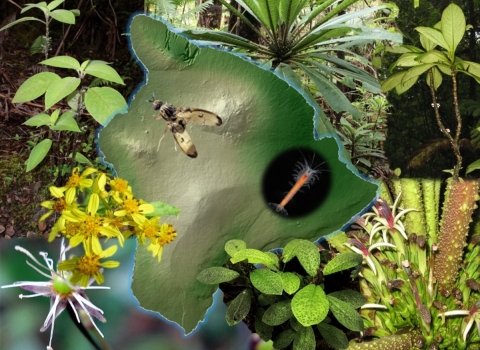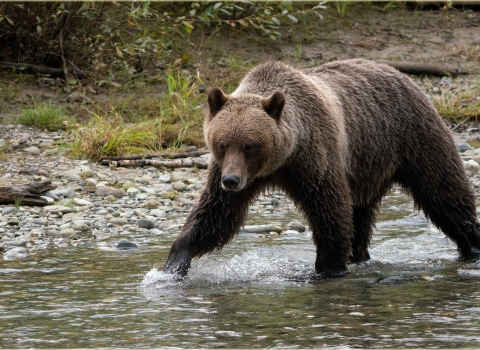The U.S. Fish and Wildlife Service is designating 1.2 million acres in 13 counties across South and Central Florida as critical habitat for the Florida bonneted bat (Eumops floridanus) under the Endangered Species Act (ESA). The critical habitat designated in Charlotte, Collier, DeSoto, Glades, Hardee, Hendry, Highlands, Lee, Miami-Dade, Monroe, Okeechobee, Osceola and Polk counties is considered essential to the conservation of the species since it provides the physical and biological features necessary for the bat’s survival and reproduction.
“The designation of critical habitat for the Florida bonneted bat is a science-based decision that will help move this endangered species toward recovery,” said the Service’s Regional Director Mike Oetker. “We relied on information provided by multiple agencies, Tribal Nations, experts, organizations, and others to make this decision.
Identifying the habitat needed to support recovery of this Florida species is expected to also benefit a myriad other species. The designated critical habitat overlaps the ranges of 43 other ESA listed species and critical habitat for 16 other listed species. Benefits will also extend to countless other “at risk” species that do not receive protections under the ESA, but whose habitats overlap with and benefit from the protections of this critical habitat designation. This critical habitat designation also provides additional conservation benefits including cleaner air and water, flood control and storm surge protection.
Florida bonneted bats are large, tropical, tree-roosting bats native to Central and South Florida. They roost in mature pine, cypress and other habitats, and forage on insects in a variety of habitats. Their exact population size is unknown, but they reproduce slowly and have small litters, and the few known populations are small and isolated. The species was listed as endangered in 2013 and has one of the most limited ranges of any bat species in the western hemisphere. Habitat loss and degradation due to sea-level rise, development, and agriculture have impacted the species and are expected to further impact its limited range in the future.
The ESA allows the Service to identify areas essential to the conservation of endangered or threatened species. Designating critical habitat under the ESA does not affect private landowners unless they implement an action involving federal funds, permits or activities. Additionally, it does not affect land ownership or establish a refuge, wilderness, reserve, preserve or other conservation area conservation area
A conservation area or wildlife management area is a type of national wildlife refuge that consists primarily or entirely of conservation easements on private lands. These conservation easements support private landowner efforts to protect important habitat for fish and wildlife. There are 15 conservation areas and nine wildlife management areas in the National Wildlife Refuge System.
Learn more about conservation area , nor does it allow the government or public to access private lands.
This final rule is effective April 8, 2024. Supporting materials used in preparing this final rule and comments and materials received are available for public inspection at https://www.regulations.gov at Docket No. FWS-R4-ES-2019-0106.
More information about this species and its critical habitat is available in the Frequently Asked Questions.
The mission of the U.S. Fish and Wildlife Service is working with others to conserve, protect, and enhance fish, wildlife, plants, and their habitats for the continuing benefit of the American people. For more information on our work and the people who make it happen, visit https://www.fws.gov/program/southeast-region. Connect with us on social media: Facebook, X (formerly known as Twitter), Flickr, and YouTube.


